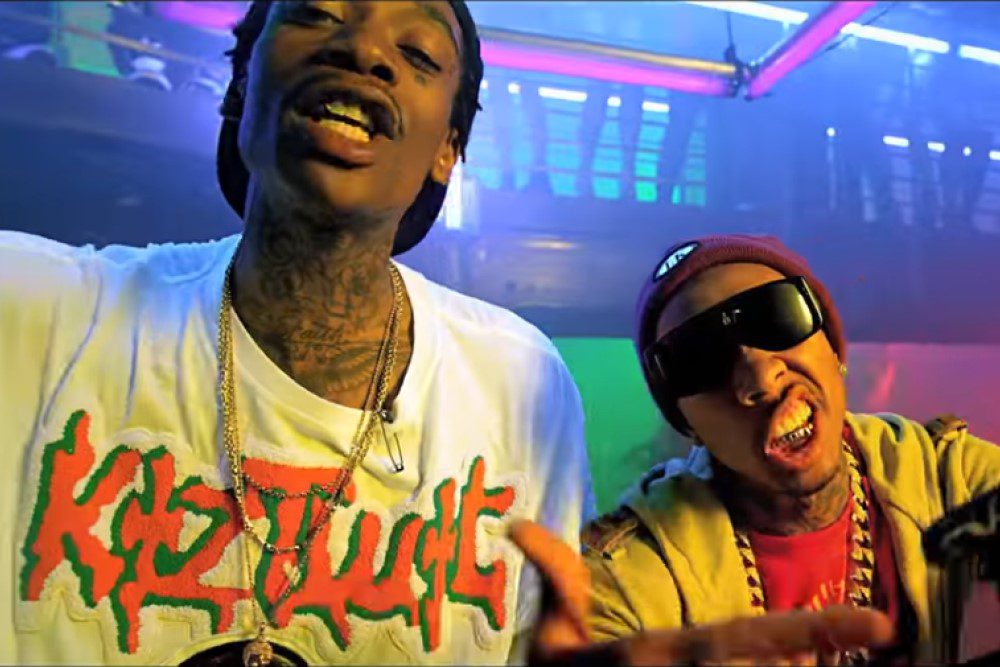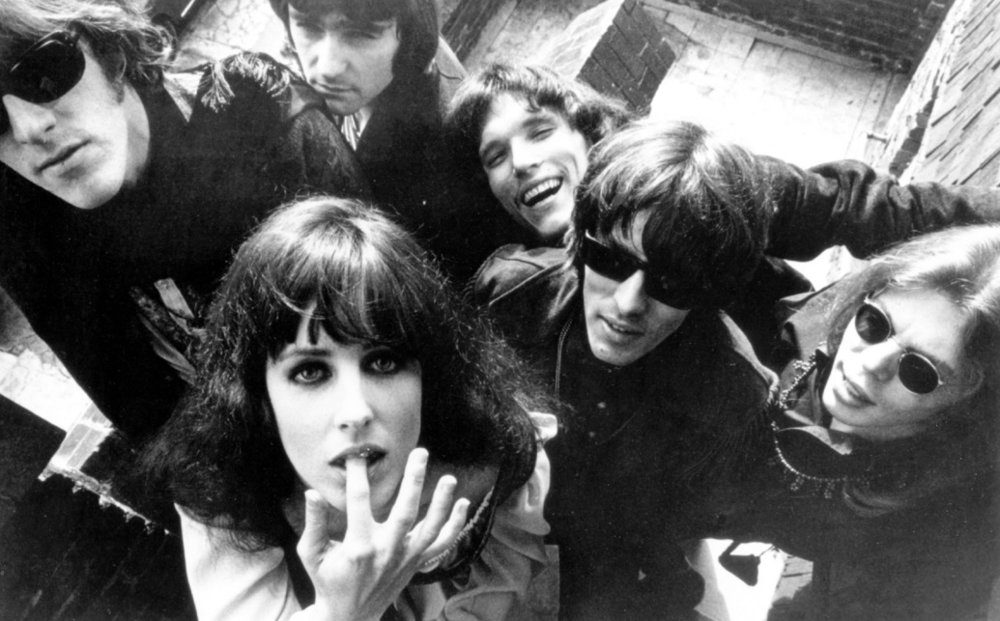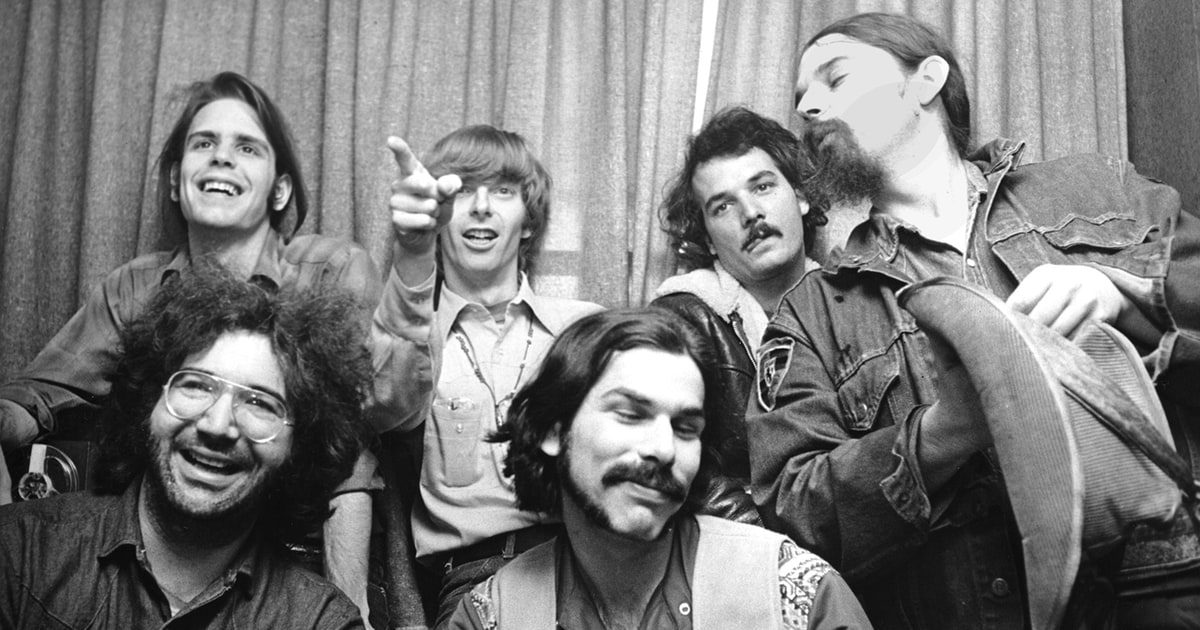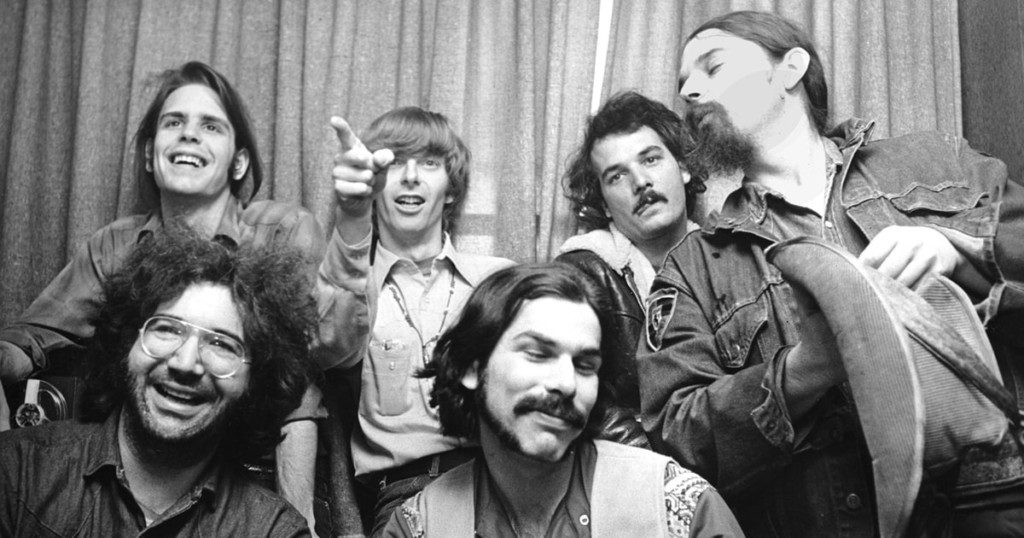HIGH NOTES: An Acid Trip on a Third Date, in Music
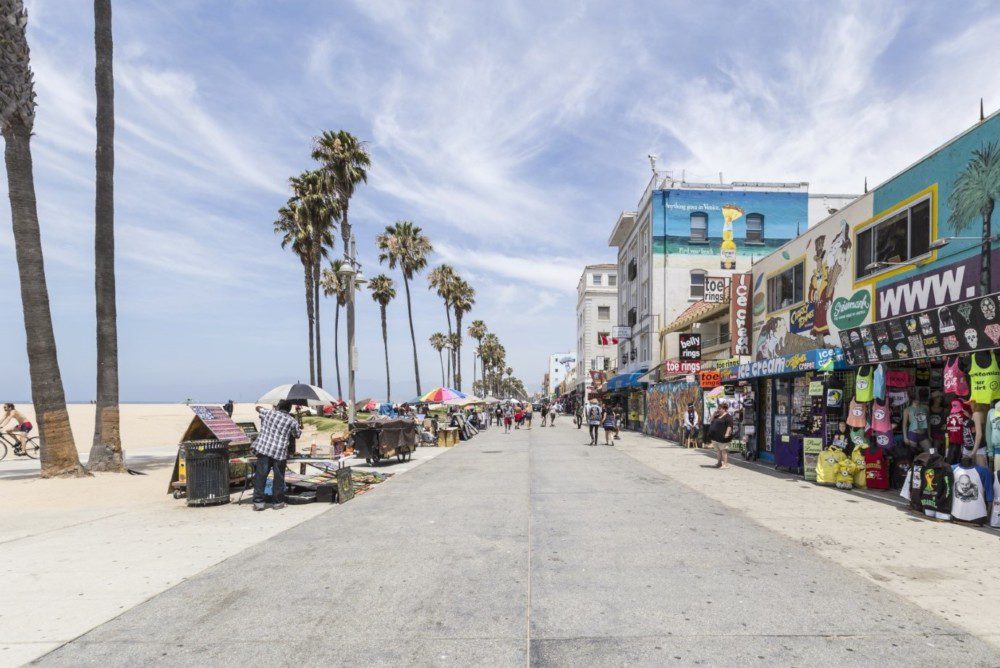
J and I met on Tinder and developed a relationship equal parts unconventional and beautiful. Our first date was vegan food and a late night beach walk, our second was mushrooms, and our third, perhaps the richest with meaning, was acid.
J had a few hits left over from a prior trip, which he was waiting to take with the right person. I had a few tabs a friend had given me to microdose. Together, we had enough for one hit and one re-up each.
It started off in my sunlit bedroom, with its lacy curtains and white king bed, where we each mixed the liquid with a lemon drink I’d bought and drank in down with anticipation.
Then, it transitioned to the sun, the shine of Venice Beach, where we ambled down the boardwalk, stopped to chat between cacti, and lay in sand where fleeting traces of mermaids scampered. Feeling how burned we were getting, we bought sunscreen, and he tenderly rubbed mine into my skin, a gaze of deep affection on his face. Once he was done, his eyes diverted back to the ground.
Back to the room we went, where we re-upped and put on music. After a lull in the song selections, I told him I’d channel the next song to play from above. For some reason, “Lazy Eye” by the Silversun Pickups popped into my head. I found it on Youtube.
“This song always made me sad,” I told J.
“Why?”
“I’ve been waiting for this moment all my life / But it’s not quite right,” I quoted the opening line. “It’s like when you’re trying to make a relationship work.” Tears came to my eyes. I couldn’t explain further.
“Did you notice something special pass between us, when you were putting on my sunscreen?” I asked as we held each other in piles of blankets and pillows.
“I know what you mean,” he said.
“I want to look you in the eye again.”
He peered up for a second, then hid his face in a blanket. “It’s scary,” he said.
“To appear sad / With the same old decent lazy eye / Fixed to rest on you / Aim free and so untrue,” the Silversun Pickups sang.
“What do you feel you need to hide?” I asked.
“Do you think I’m hiding?”
“Well, when you’re afraid to look people in the eye, there’s usually… shame.”
He buried himself further, then pulled himself up to meet my gaze at last. His eyes looked particularly beautiful in that moment, like sunflowers in a field.
My own eyes met his as I whispered, “You have nothing to hide.”
“Still the same old decent lazy eye / Straight through your gaze / That’s why I said I relate / I said we relate / It’s so fun to relate,” the music continued. “It’s the room, the sun, and the sky / The room, the sun, and the sky.”
After the room and the sun came the sky, the satellite-speckled Santa Monica sky that we lay under and talked about the siren sounds nearby, the song of the sirens, how Odysseus plugged his ears and Oedipus stabbed out his eyes.
“Everyone’s so intimately rearranged / Everyone’s so focused clearly with such shine.”
Back in the room, now full of sand from the sun and the sky, he told me about his goal to be more adventurous, inspiring me to play another song.
“I read with every broken heart / We should become more adventurous,” Rilo Kiley sang. “And if you banish me from your profits / And if I get banished from the kingdom up above / I’d sacrifice money and heaven all for love / Let me be loved / Let me be loved.”
We fell down a Rilo Kiley rabbit hole, and “The Absence of God” came on: “And Rob says you love, love, love / Then you die / I’ve watched him while sleeping / And seen him crying with closed eyes.”
He decided to go home. I wondered if the intimacy scared him. It didn’t scare me anymore.
“And Morgan says maybe love won’t let you down / All of your failures are training grounds / And just as your back’s turned / You’ll be surprised, she says / As your solitude subsides.”
Our fourth date was molly, our fifth was a cacao ceremony followed by a sex party, and our sixth was a San Pedro ceremony. After the latter, we lay in my bed talking again, and J told me about a friendship of his that almost became a relationship. “It’s like that song,” he told me. “Like what I’d been waiting for all my life… but not quite right.”
“You know,” I said, “that’s how I feel about us.”
“Me too.”
“No wonder I picked that song.”
“Nailed it.”
Then we gazed into each other’s eyes, eyes unafraid and unashamed, eyes that cried open, eyes that were more adventurous, eyes that were lazy no more.

